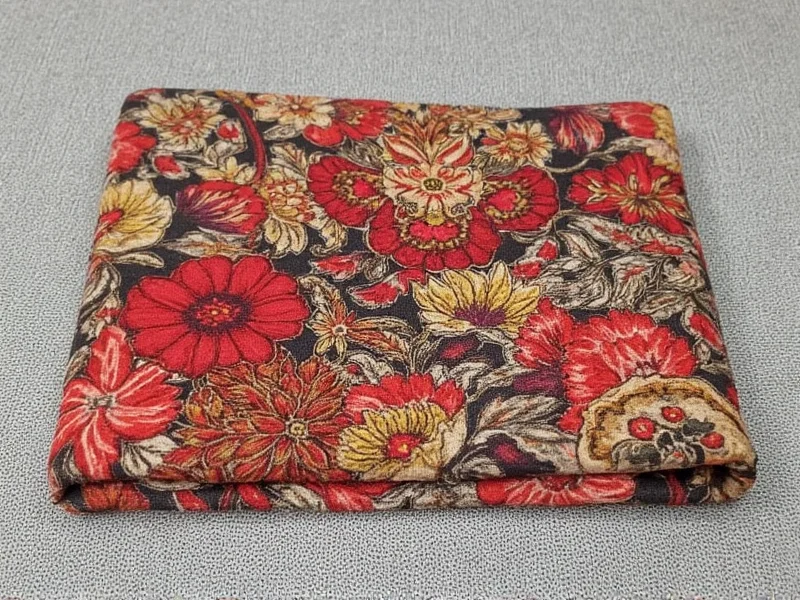Understanding this distinctive condiment begins with recognizing its cultural significance and culinary versatility. Unlike regular soy sauce, ketjap manis undergoes a longer cooking process with added sweeteners, creating a unique balance of umami, sweetness, and subtle spiciness that transforms ordinary dishes into authentic Indonesian culinary experiences.
Origins and Cultural Significance
Emerging from Indonesian culinary traditions, ketjap manis (sometimes spelled kecap manis) has been a staple in Southeast Asian kitchens for centuries. The term "ketjap" derives from the Chinese word for soy sauce, reflecting historical trade influences, while "manis" means sweet in Indonesian. This condiment represents the perfect harmony of Chinese soy fermentation techniques and Indonesian flavor preferences, particularly the love for sweet elements in savory dishes.
Traditional production methods involve fermenting soybeans with salt and Aspergillus mold for several months, then slowly cooking the resulting liquid with palm sugar (gula Jawa), garlic, star anise, and other spices until it reaches its signature thick consistency. This careful process creates the distinctive flavor profile that makes ketjap manis irreplaceable in authentic Indonesian cooking.
Key Characteristics and Flavor Profile
Ketjap manis stands apart from other soy sauces through several distinctive features:
| Characteristic | Ketjap Manis | Regular Soy Sauce | Japanese Tamari |
|---|---|---|---|
| Color | Deep, glossy brown | Dark brown | Dark brown |
| Consistency | Syrupy, thick | Thin, watery | Moderately thick |
| Sweetness Level | High (20-30% sugar) | Low | Low to moderate |
| Primary Sweetener | Palm sugar | None | None |
| Flavor Complexity | Rich, caramelized, with spice notes | Salty, umami-forward | Smooth umami |
Traditional Production Process
The authentic preparation of ketjap manis involves multiple stages that contribute to its complex flavor:
- Soybean fermentation: Soybeans are soaked, cooked, and inoculated with Aspergillus oryzae mold for 3-7 days
- Brine fermentation: The cultured soybeans are mixed with salt water and fermented for 3-6 months
- Pressing: The fermented mixture is pressed to extract the liquid soy sauce
- Sweetening and reduction: The liquid is slowly cooked with palm sugar (typically 30-40% by weight), garlic, and spices until it reduces by half
- Final cooking: Continued gentle cooking for several hours creates the characteristic thick, glossy texture
This traditional method creates a product with significantly more complexity than commercially produced versions, which often use caramel coloring and corn syrup instead of authentic palm sugar.
Culinary Applications in Indonesian Cooking
Ketjap manis serves as both a cooking ingredient and finishing sauce in Indonesian cuisine. Its most famous application is in nasi goreng (Indonesian fried rice), where it provides the distinctive brown color and sweet-savory base flavor. The condiment also plays essential roles in:
- Mie goreng: Indonesian fried noodles that rely on ketjap manis for their signature flavor
- Satay marinades: The sweet soy sauce helps create the characteristic caramelized exterior on grilled meats
- Sambal kecap: A popular dipping sauce made with ketjap manis, chopped chilies, and tomatoes
- Bakso: Meatball soup where ketjap manis adds depth to the broth
- Stir-fries: Used as a glaze for vegetables and proteins
Chefs typically add ketjap manis toward the end of cooking to preserve its delicate flavor notes, as prolonged high heat can cause the sugars to burn.
Creating Authentic Substitutions
When authentic ketjap manis isn't available, understanding proper substitution techniques becomes crucial for maintaining recipe integrity. The ideal substitute balances sweetness, umami, and viscosity:
A basic substitution ratio uses 2 parts regular soy sauce to 1 part brown sugar or palm sugar, simmered until thickened. For more authentic results, add 1 minced garlic clove and 1 star anise per cup of mixture. The cooking process should reduce the liquid by half to achieve proper viscosity.
Commercial "sweet soy sauce" products outside Indonesia often contain corn syrup and artificial coloring rather than traditional palm sugar, resulting in a one-dimensional sweetness that lacks the complex caramel notes of genuine ketjap manis. When shopping for authentic products, look for ingredients listing "gula Jawa" (Javanese sugar) as the sweetener.
Storage and Shelf Life Considerations
Proper storage maintains ketjap manis's quality and extends its usability. Unopened bottles remain stable for 18-24 months in a cool, dark pantry. Once opened, refrigeration is essential to prevent spoilage, extending shelf life to 6-12 months.
The high sugar content acts as a natural preservative, but exposure to air and warmth can lead to mold growth or flavor degradation. Always use clean, dry utensils when handling to prevent contamination. Signs of spoilage include surface mold, off odors, or significant separation that doesn't reincorporate with gentle shaking.
Nutritional Profile and Dietary Considerations
While primarily used in small quantities as a flavoring agent, understanding ketjap manis's nutritional composition helps inform dietary choices. Per tablespoon (20g), traditional ketjap manis typically contains:
- Calories: 45-60
- Sugar: 10-14g (primarily from palm sugar)
- Sodium: 600-800mg
- Protein: 1-2g
- Carbohydrates: 12-16g
The palm sugar used in authentic ketjap manis has a lower glycemic index than refined white sugar, but the product remains high in both sugar and sodium. Those managing diabetes or hypertension should use it judiciously, considering that most dishes require only 1-2 tablespoons per serving.











 浙公网安备
33010002000092号
浙公网安备
33010002000092号 浙B2-20120091-4
浙B2-20120091-4